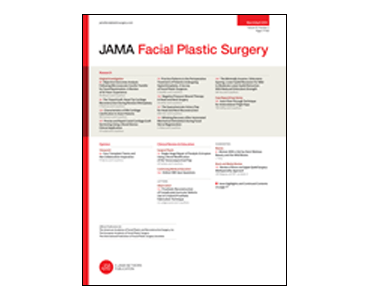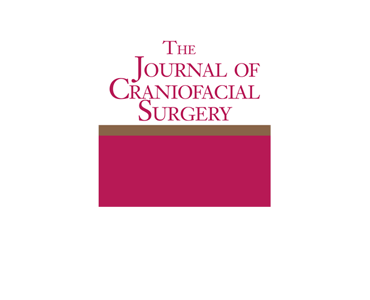A clinical technique for virtual articulator mounting with natural head position by using calibrated stereophotogrammetry. WYH Lam, RTC Hsung, WWS Choi, et al.
Date: September 2017. Source: The Journal of Prosthetic Dentistry (Online). Abstract: Accurate articulator-mounted casts are essential for occlusion analysis and for fabrication of dental prostheses. Although the axis orbital plane has been commonly used as the reference horizontal plane, some clinicians prefer to register the horizontal plane with a spirit level when the patient is…










